Nanoxia is a name that you probably haven’t heard if you live in North America. They are a German PC component manufacturer that is selling in the EU and possibly coming to the shores of the US, Canada, and Latin America this year. Therefore, Lincoln is a hipster right now because he may have one of the only Nanoxia cases in the US. “You’ve probably never heard of it…” indeed.
Nanoxia’s Deep Silence 1 is, right from the outset, clearly designed to live up to its name. The case has foam everywhere, rubber grommets for hard drives, and big, slow fans for airflow without the noise.
Specifications
- Dimensions: 220mm x 532mm x 517mm
- Front panel: power, reset, 2x USB 3.0, 2x USB 2.0, standard FP audio
- Drive bays: 2x external 5.25in, 1x external 5.25in/3.5in, 8x internal 3.5in/2.5in
- Cooling: 2x 120mm fans in front, 1x 140mm rear fan (Nanoxia FX Evo brand), 2x 120/140mm top fan mounts, 1x 120mm/140mm bottom fan mount, 1x 120/140mm side panel fan mount
- Maximum GPU length 315mm (or 445 if you take out the HDD cage)
- Removable dust filters, dual-channel fan control, and a pop-up “chimney” vent
- Weight: 25 lbs
- Available colors: Dark Black (reviewed), white, silver, anthracite(?)
The Nanoxia Deep Silence I also comes with a bag of color-matched screws (but brass motherboard standoffs) as well as a very highly-produced user instruction manual and a braided EPS power extension cable.
One thing you’ll notice right off the bat is the intense weight of this case. 25 lbs is no joke, and the heavy, well-constructed steel framework is probably a significant part of what makes this case so quiet.
Building into it
The build quality of the Nanoxia Deep Silence I is good—thought I think I’m spoiled by the latest high-end case manufacturers in the US (NZXT, Corsair, BitFenix), so my standards are probably a bit picky; for example, having brass standoffs that I manually had to put in seemed a bit old-school… more recent cases have standoffs stamped right into the back panel.
There’s plenty of room for everything, being a mid-tower case, but one of the things that immediately jumped out and bugged the hell out of me was that the rear side panel has no room for cable management. With the last few builds I’ve done, cases have recessed panels on the left side for cables to be jammed behind the motherboard for absolutely clean internals; the Deep Silence I has no such accomodation and therefore cables are really crammed very tightly between the back of the motherboard and the side panel. I really had to flatten all my cables and jam the side panel down so I could screw it in—and worst of all there was no extra room to hide extra PSU cables behind the motherboard, so a completely clean internal was not possible.

The drive bays are perfectly good, functional, and high-quality, if not slightly old-fashioned because of the rubber grommets and screws. I tend to prefer the more modern tool-less latch trays in some of the newer cases, but good ol’ screwing the drives in still works. I’m not sure how much more utility rubber grommets will have, since most computer builders are moving to SSDs that obviously don’t vibrate, negating the usefulness of rubber grommets. The only downside to the Nanoxia system is that it requires special long screws to go through the grommets—you cannot just use any standard drive screws. Still, they provide enough for every drive bay.
They do have tool-less 5.25″ bay latches, which are very high quality and clamp down the 5.25″ drives with a very substantial and satisfying click. Once an optical drive is clamped in there, it’s not going anywhere. It’s as tight as screws would be.
The included dual-channel fan controller is intuitively labelled and presents no issues to someone who understands that the fans need to plug into the leads from it, and that power needs to be provided to them. To that end, Nanoxia has provided one of the clearest, most highly-produced user manuals I’ve ever seen from a case manufacturer. We’re talking glossy, full-color throughout, tons of illustrations and high-quality photos; a real manual. It makes building into this case very simple, even if you’ve never built a PC before. This would be a fantastic case for a first-time builder just by virtue of the instruction booklet.
Other than the annoying lack of side-panel channels for cable management, building into this case presented no special challenges. They also include a braided EPS power extension pigtail in case your PSU doesn’t reach to the top of the case.
Aesthetics, noise, performance
The case, when fully loaded and closed up, is as close to silent as a mid-tower PC case can get. Its solidity and foam padding, as well as large, slower fans, all lend to quiet operation. In our test build, the only thing you can hear is the GPU fans as they vent out the back.
Despite all the niceness, there is one actual flaw with the Deep Silence I: The top “pop-up” USB/media port bay is janky, at best. It doesn’t pop-up all the way and it feels cheap. It’s actually the only thing on this case that feels cheap, and it’s kind of disappointing. It’s a nice idea, but it’s poorly executed.
The pop-up air chimney, on the other hand, is very well implemented. A simple slider pops up a giant vent on the top of the case, in case things get too hot in there.
Thoughts
Nanoxia has a decent case here, that will hopefully debut in the US soon. I know a lot of builders who are looking for something that looks exactly like this: understated, smooth, clean, with no “Taiwan flair”. A lot of older gamers (especially married ones!) don’t want PC cases that look like robots or space ships or race cars, and Nanoxia delivers on a mature, clean, elegant design. It’s not a perfect case, but it performs very well.
 Nanoxia joins the likes of NZXT, Fractal Design, and BitFenix as sort of the “new generation” of case manufacturers, at least in my mind. It seems like cases are branching off from their very Asian roots into something with more of a European mindset, and it’s interesting to see how case design is diverging and evolving.
Nanoxia joins the likes of NZXT, Fractal Design, and BitFenix as sort of the “new generation” of case manufacturers, at least in my mind. It seems like cases are branching off from their very Asian roots into something with more of a European mindset, and it’s interesting to see how case design is diverging and evolving.
Scan.co.uk has the Deep Silence I for £72.20, which is about $115 USD right now. I confirmed with Nanoxia PR, and the US price should be about $119. They also told me that the Deep Silence and other Nanoxia products should be coming in February. $119 might be slightly high for some, but for those looking for high performance with a very clean aesthetic might not flinch at that amount.
This manufacturer is someone to keep an eye on. The Deep Silence could stand some refinements, but as it is now, I’m happy to award the Nanoxia Deep Silence I our Icrontic Stamp of Approval for being unique, interesting, and very pretty. Hopefully we’ll be able to get it in the US soon. For now, our Euro brethren will be able to sneer at us from their lofty peaks of silent and clean case designs.


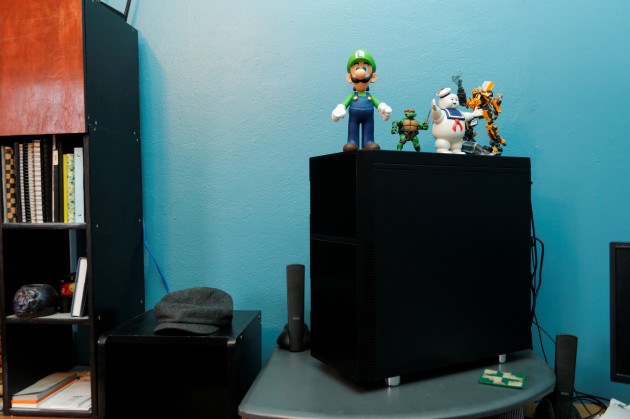
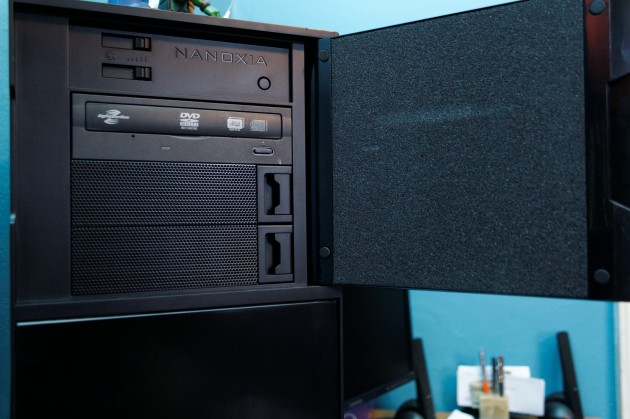
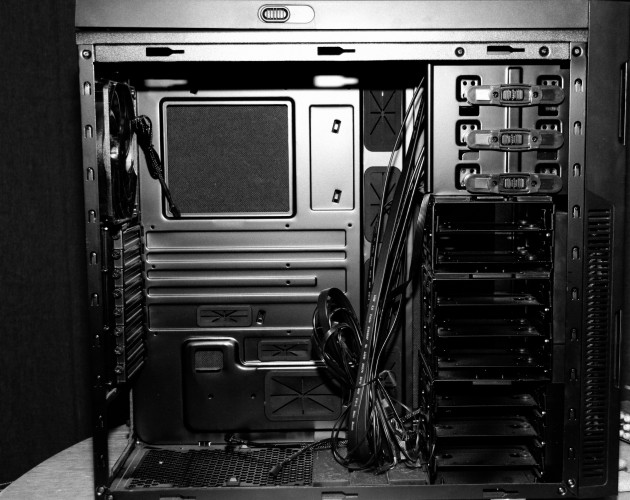
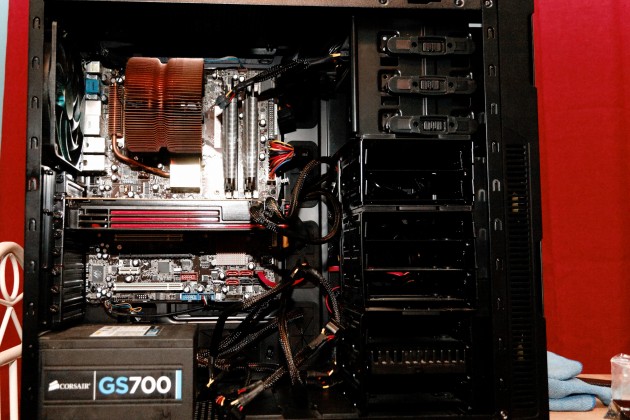
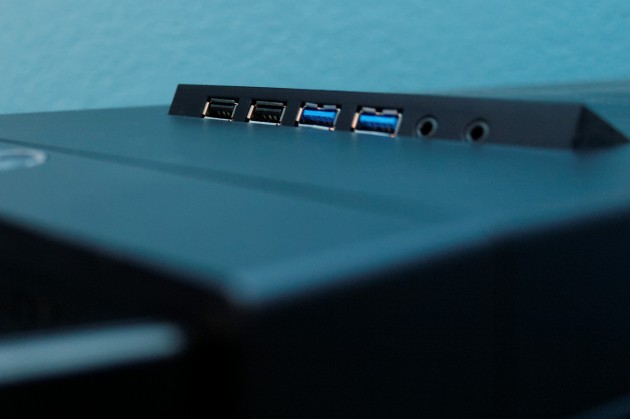





 Articles RSS
Articles RSS